
GPOs: Bigger Buying Power for Smaller Breweries
ALL ACCESSThey can’t do it all, but group purchasing organizations offer a way for smaller breweries to access substantial savings on needed materials and key services. Here’s what to know.
Showing 261-280 of 824 articles

They can’t do it all, but group purchasing organizations offer a way for smaller breweries to access substantial savings on needed materials and key services. Here’s what to know.
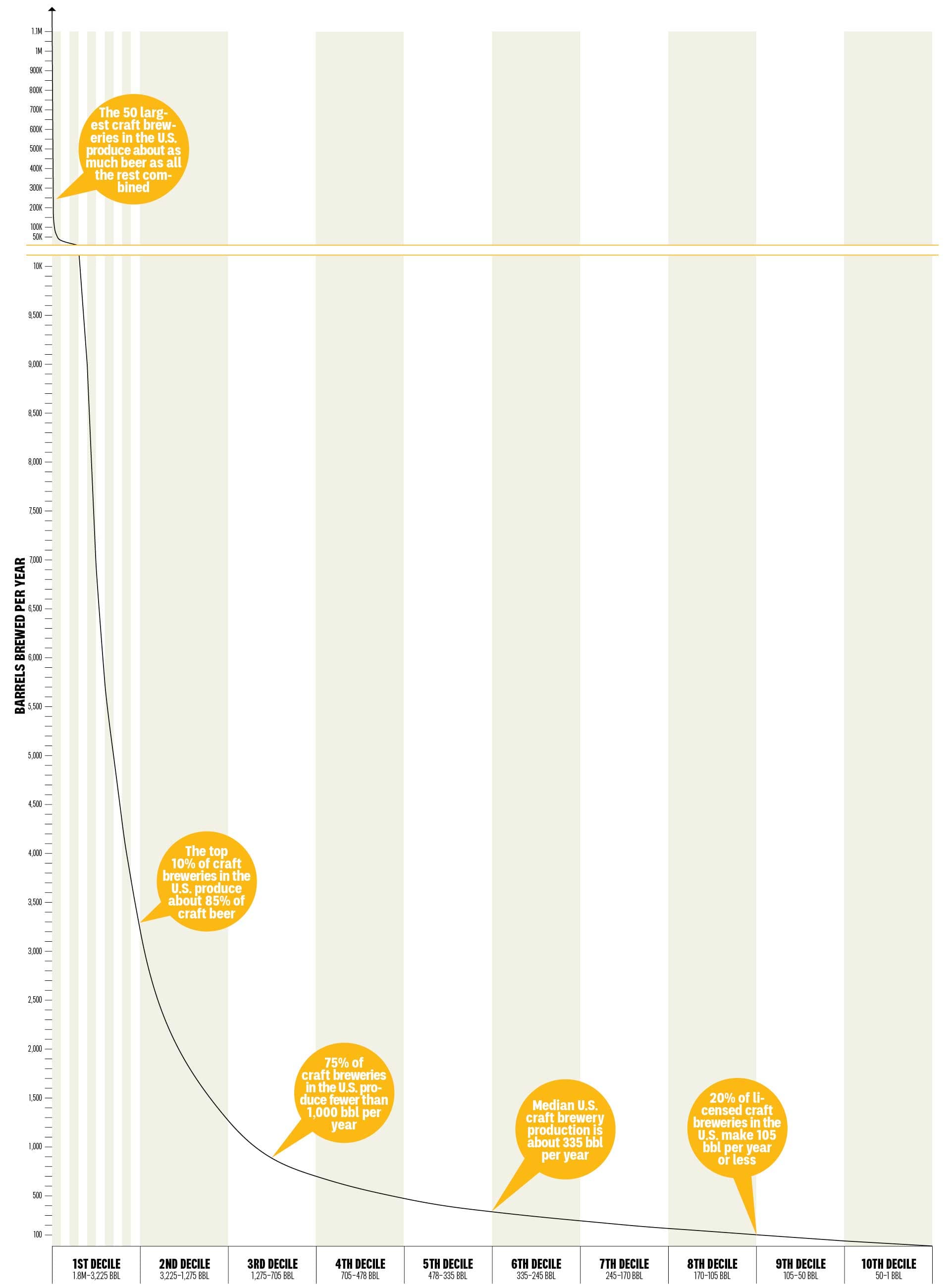
When we talk about the number of breweries in the United States—roughly 9,200 today—we often overlook the fact that the vast majority of them produce relatively tiny amounts of beer compared to the rest.

Quick acidification has become an important tool in the flavor kit of craft breweries worldwide. Brewers have honed their methods while labs have added plenty of new options. So, how well do you know your microbes?

From retail woes to baby cans of grownup beer, here are some recent news and announcements from around the industry.

Hop harvest in the Southern Hemisphere begins soon. In this second of two reports on what’s new with hops down South, we focus on three distinct regions: Australia, South Africa, and Argentina.

In an increasingly competitive environment awash with beverage variety, craft beer can win by recommitting to what made it great in the first place.

Buying equipment is one of the most expensive things a brewery can do—and the process is fraught with risks. Here are some dos and don’ts from two experts on evaluating, buying, and transporting major gear.
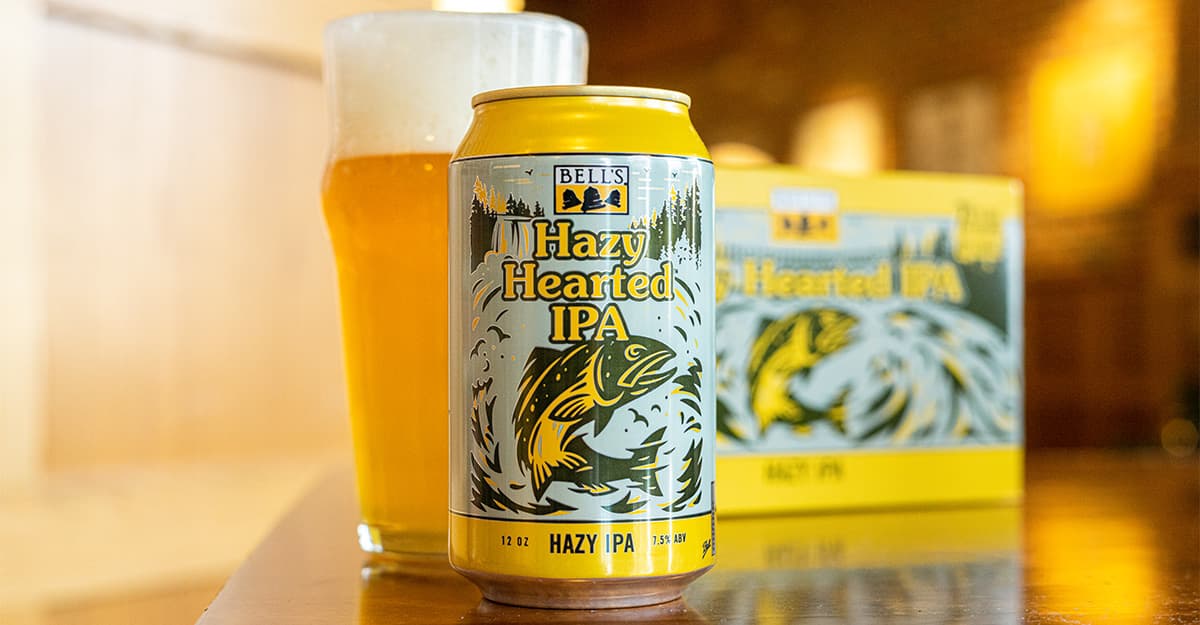
From an icon going hazy to resealable beer cans, here are some recent news and announcements from around the industry.

Barring a dramatic shift in the forecast, independent breweries should be planning for a future of low—or even no—sales growth. The safest path forward includes reducing risk, optimizing cash flow, and focusing on profitability.

After three early years of explosive growth for Revision, the pandemic combined with leadership changes to slow the company’s roll. Yet Revision made it through—and the Nevada brewery has never been better prepared for the future.

The Lost Abbey and Port Brewing cofounder Tomme Arthur explains what it means to “grow down” for the long haul amid an increasingly competitive landscape for American brewers.

Hop harvest in the Southern Hemisphere begins in March. In the first of two reports on what’s new with hops Down Under, we zoom in on the recent dynamism in New Zealand hop-growing.

While seasonals can struggle to stand out in chain retail, they tend to shine brighter at bars and restaurants.

It may be one of the lowest-selling styles in American craft beer, but some breweries are packing their taprooms by cutting down the menu and serving stange after stange of nothing but Kölsch.

No brewery is too small or too short-handed to get a sensory panel going, and the education and expertise gained can be invaluable to the business. Here’s how to get your panel off the ground.
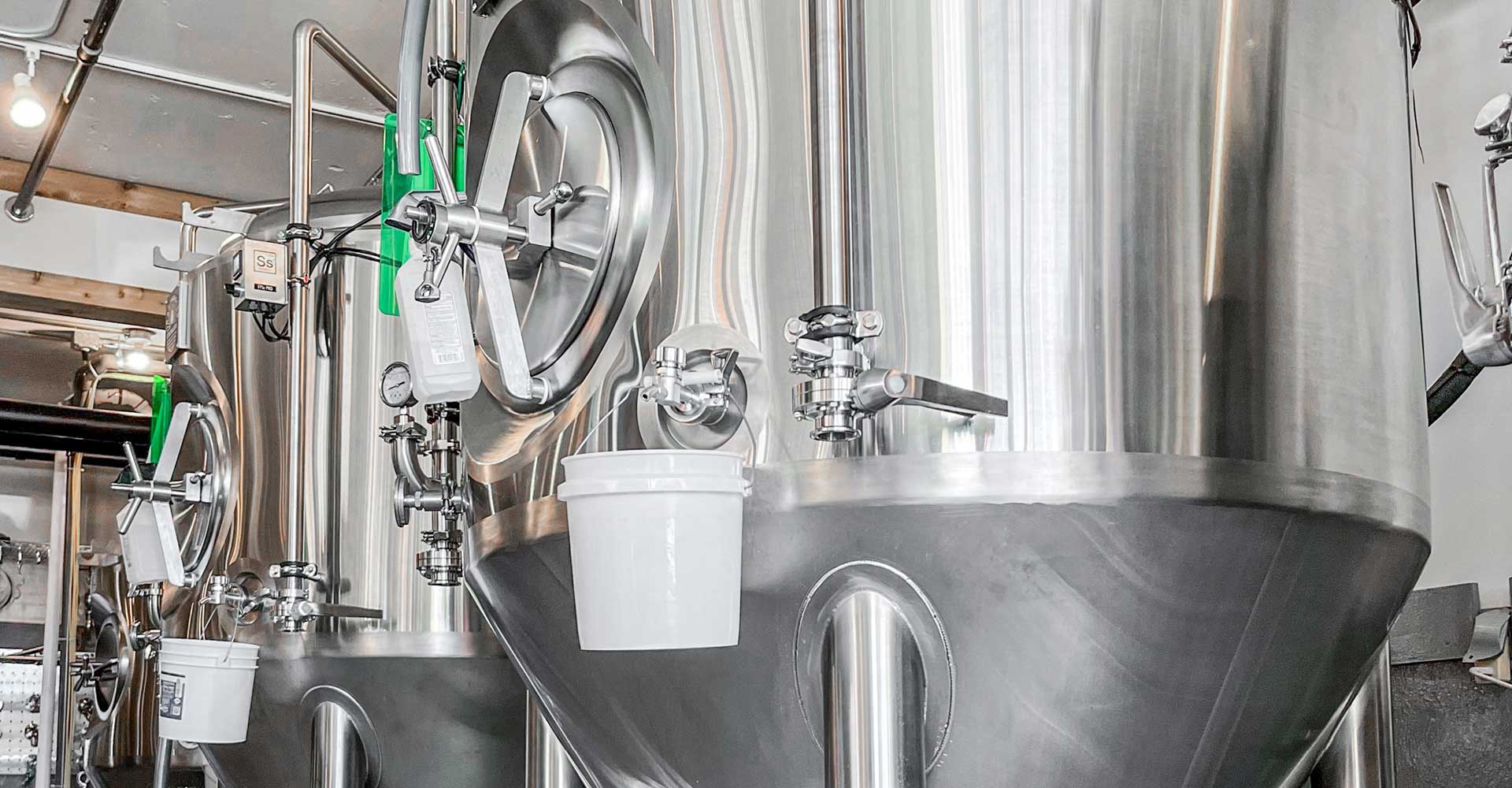
Some brewers make a strong argument for wider, shallower fermentors—for better esters, healthier yeast, quicker turnaround, and more.

For the third and final installment in our You’ve Got Mail series, our own COO offers his best advice on building newsletters that attract and keep an audience of customers.
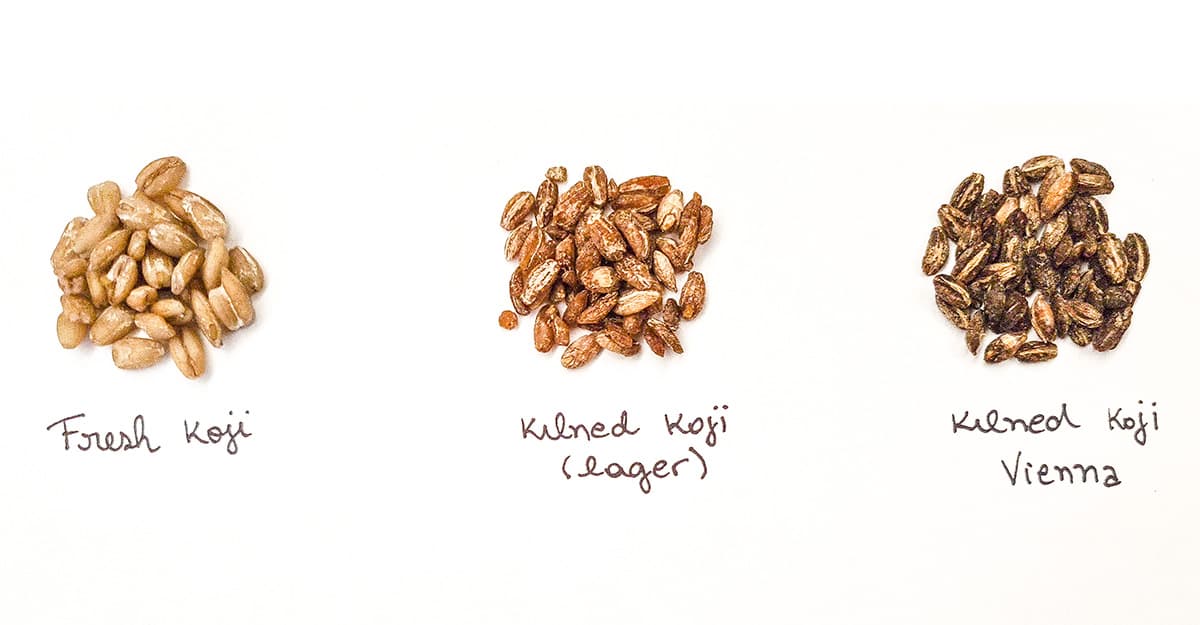
Could koji malt open new doors to flavor for creative brewers? Some researchers and a few breweries already are tinkering with the versatile molds responsible for sake, shōchū, and more.
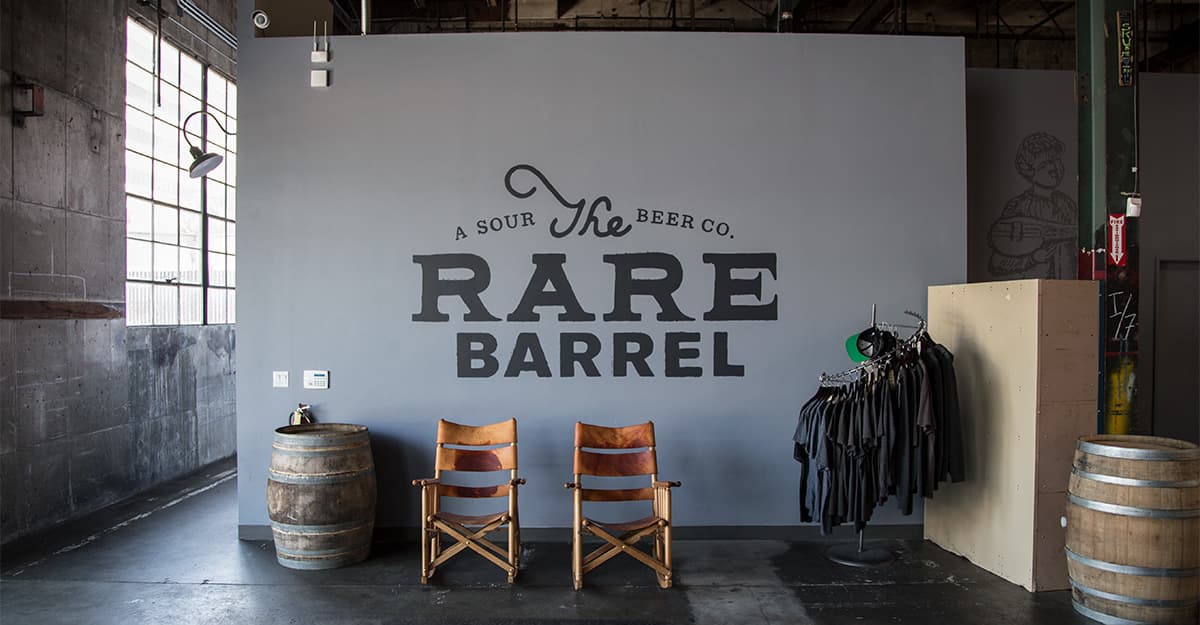
From Bay Area shuffles to free snacks for life, here are some news and announcements from around the industry.

Old hops have never been fresher. With prices on the rise and some hop varieties likely to be scarce, there are treasures to be found in previous crop years. Here we delve into the science of hop storage.